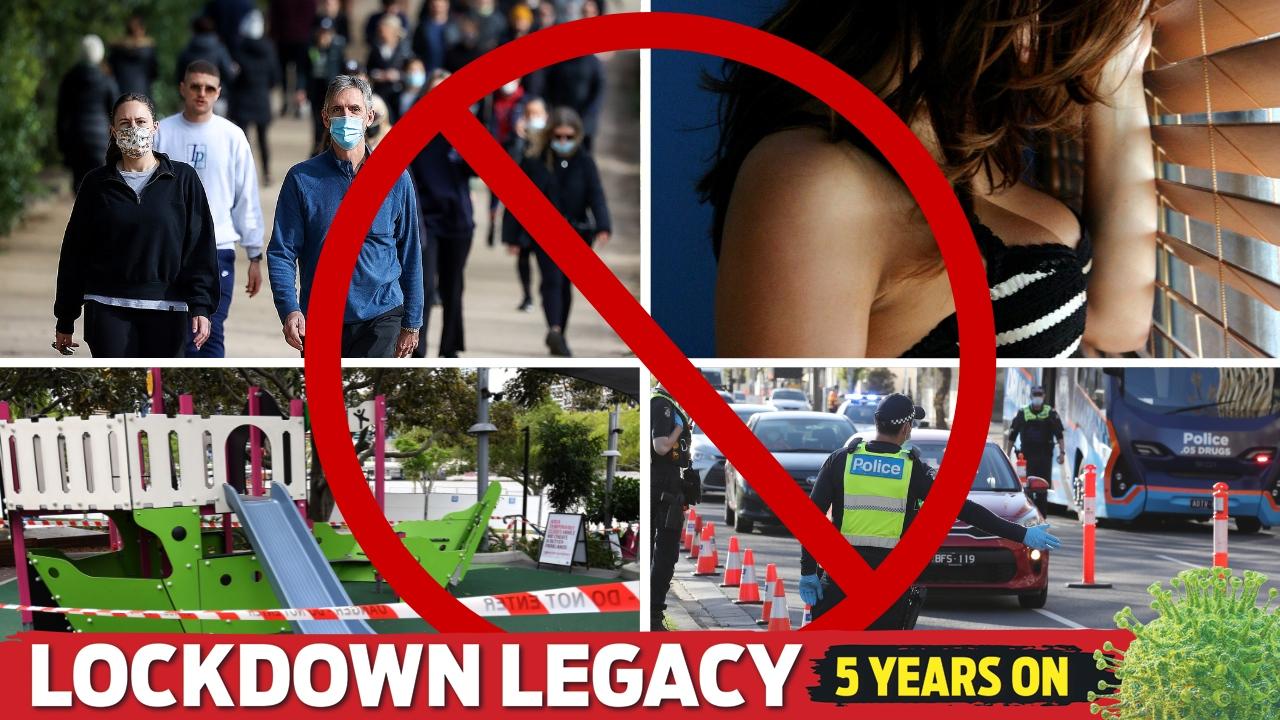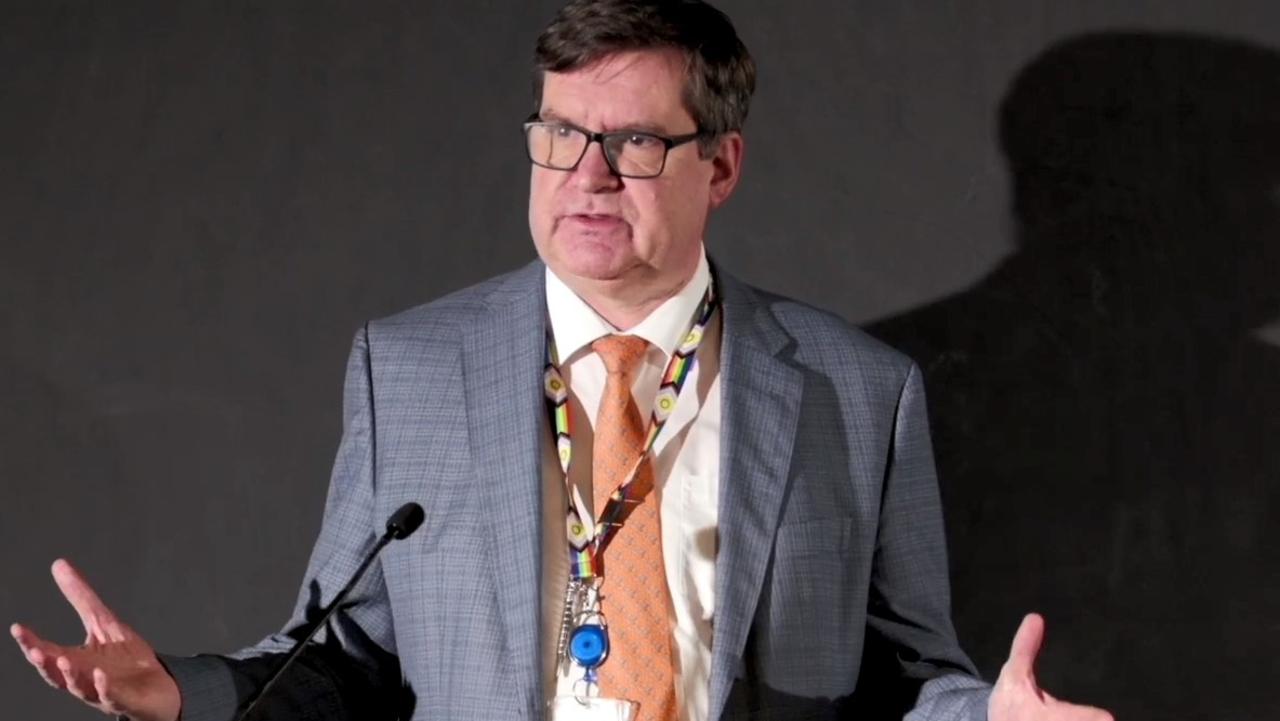How each state and territory of Australia has tackled coronavirus
A suppression strategy over elimination was the federal government’s preferred approach in the fight against coronavirus, but how has the nation fared? See what each state and territory has done so far.
Coronavirus
Don't miss out on the headlines from Coronavirus. Followed categories will be added to My News.
FEDERAL
Prime Minister Scott Morrison has been consistent in his approach to the virus, favouring a suppression strategy over elimination. He reiterated that position on Wednesday saying it was not practical to aim to entirely remove the virus across the country because the nation was so deeply linked and reliant on other countries.
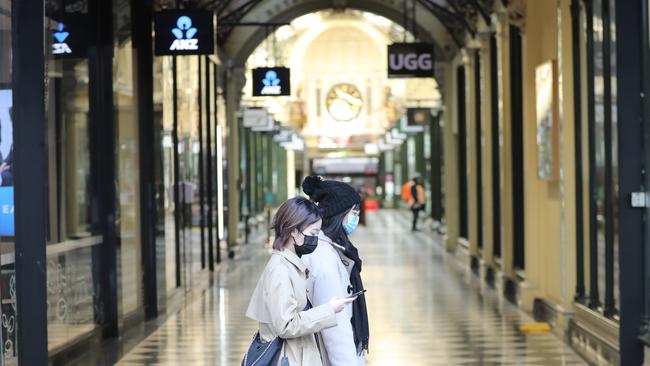
VICTORIA
The Victorian government has been focused on suppressing the virus, despite coming close to eradicating it last month. With case numbers again soaring, chief health officer Brett Sutton has said eradication is not currently feasible. But he is hopeful of a shift in approach. “I would hope that as we move through this phase in Victoria … that we don’t close ourselves off to a re-evaluation … of what the pros and cons (of elimination strategy) are.”
NEW SOUTH WALES
NSW has indicated it won’t pursue eradication under any circumstance. Premier Gladys Berejiklian has insisted the state will not return to lockdown and people will have to learn to live with the pandemic. “I would love to be able to go for elimination … but no other western country has been able to achieve that,” she has said.
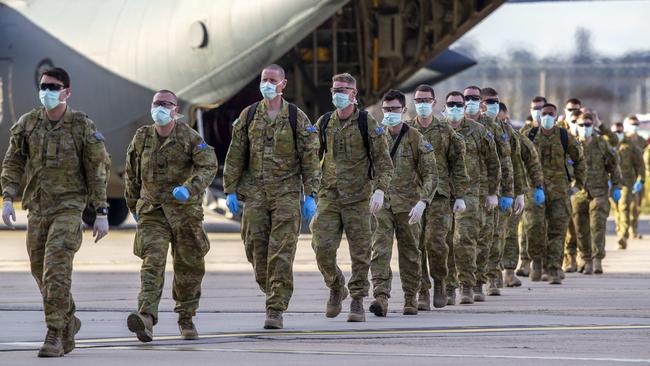
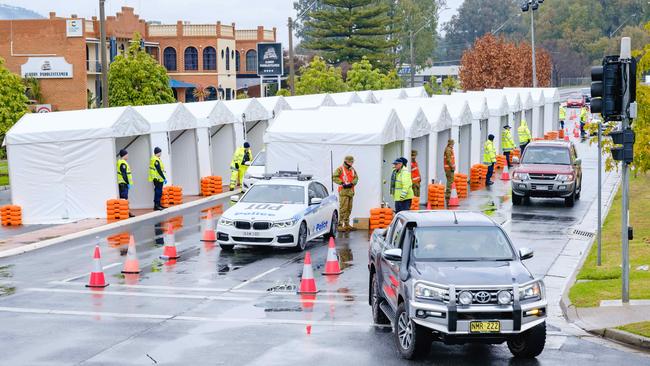
WESTERN AUSRTRALIA
Western Australia managed to eradicate the virus by locking out the rest of the country with hard border closures. The extreme restrictions have sparked a High Court challenge by billionaire mining magnate Clive Palmer. Victorians are currently barred from entering the state unless they fall into highly restrictive categories of travellers.
QUEENSLAND
Queensland also pursued a hard border strategy in a move that helped it eradicate the virus. From last week borders were opened to travellers from everywhere except Victoria but visitors were required to sign a border declaration and give an undertaking to present for a COVID-19 test if they develop symptoms. Victorians, with limited exceptions, are still barred from entry.
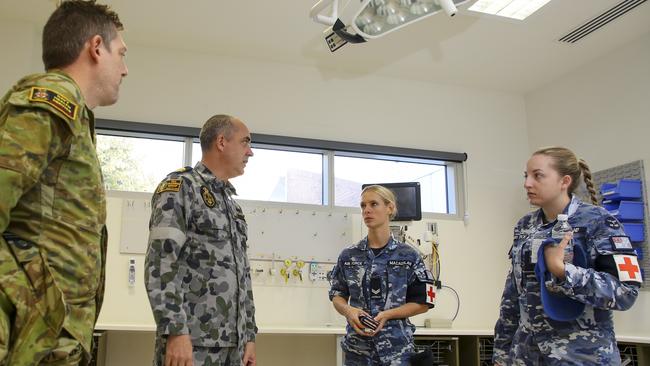
SOUTH AUSTRALIA, NORTHERN TERRITORY, TASMANIA
Border closures also helped eradicate the virus from South Australia, the Northern Territory and Tasmania.
Why have the states and territories taken varying approaches to tackling COVID-19?
While the federal government has mapped out a general path out of the pandemic, the states and territories have been left to navigate courses specific to each jurisdiction. States have more input in service deliver and public policy. They are also mainly responsible for health matters.
Who co-ordinates the response?
The Australian Health Protection Principal Committee (AHPPC) makes key decisions and coordinates this response. It is made up of the Chief Health Officers from each state and territory, the Chief Medical Officer and representatives from key departments.
Do states and territories have to follow the lead of the federal government?
Not necessarily. The National Cabinet, comprising the Prime Minister and the Premiers and Chief Ministers of the eight Australian States and Territories, was set up in direct response to the pandemic. The National Cabinet agrees on collective action, but allows individual governments to act as they see fit accounting for local differences. Victoria diverged from the general position on a return to schools, while only some jurisdictions introduced border closures.

